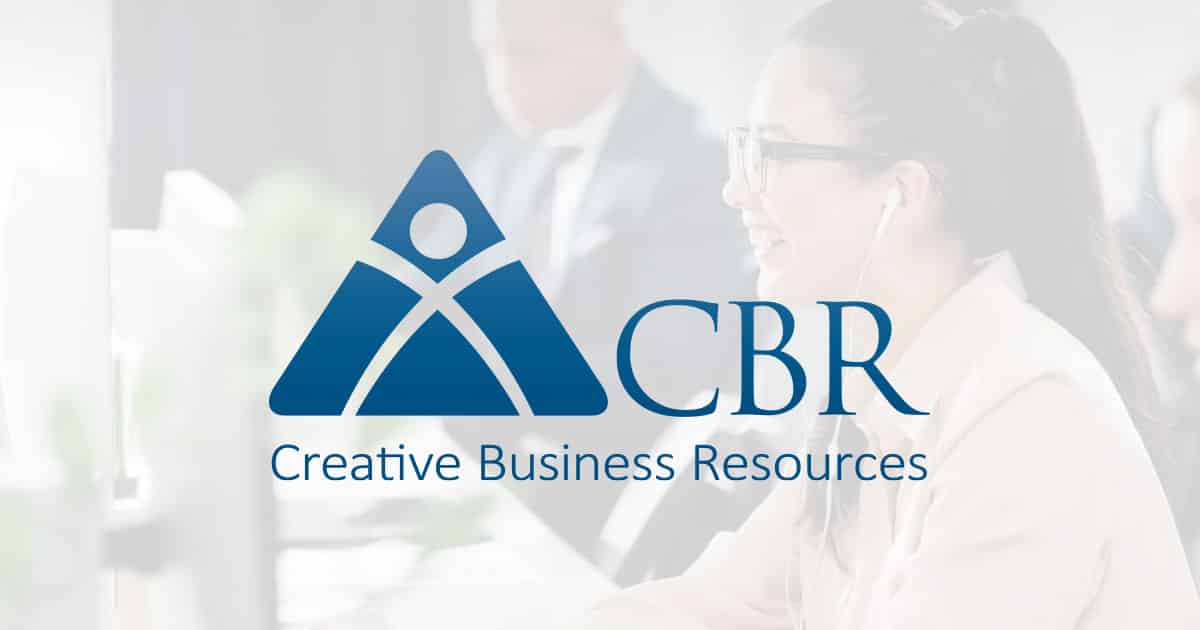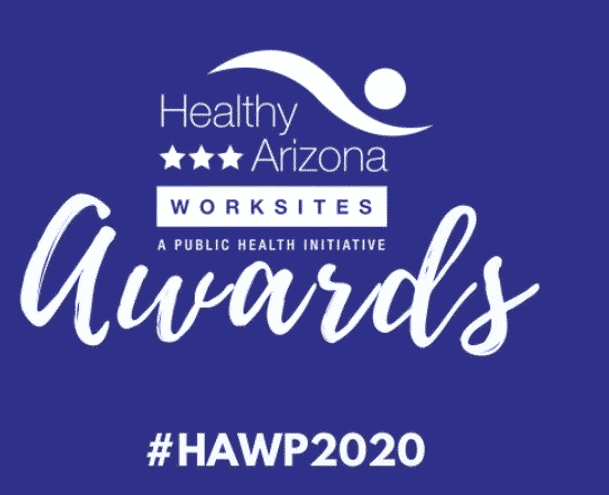 From small businesses to large corporations, all employers seek to answer the question: “what is the secret to a more successful workforce?” A recent study by Harvard Business Review found that the characteristic most commonly cited by employers when describing successful employees was a focus on accomplishing individual goals that are linked to the organization’s goals. An organization’s mission is at the heart of what motivates its employees, providing them with a common cause around which to rally and helping them to understand how the work they perform is valuable. When the goals of individual employees are in sync with the broader goals of the company, workers tend to feel more engaged. The numerous benefits of an engaged employee-base serve to improve workforce performance. Specifically, companies with highly engaged employees report increased productivity, profitability, and innovation, as well as reduced costs due to a lower turnover rate.
From small businesses to large corporations, all employers seek to answer the question: “what is the secret to a more successful workforce?” A recent study by Harvard Business Review found that the characteristic most commonly cited by employers when describing successful employees was a focus on accomplishing individual goals that are linked to the organization’s goals. An organization’s mission is at the heart of what motivates its employees, providing them with a common cause around which to rally and helping them to understand how the work they perform is valuable. When the goals of individual employees are in sync with the broader goals of the company, workers tend to feel more engaged. The numerous benefits of an engaged employee-base serve to improve workforce performance. Specifically, companies with highly engaged employees report increased productivity, profitability, and innovation, as well as reduced costs due to a lower turnover rate.
How can managers effectively communicate the company’s goals and bring them into alignment with the goals of individual employees? Here are some tips:
- Keep it simple: goals should be directed at employees at all levels, so they should be clearly defined in plain English and free of convoluted business jargon. They should be ambitious enough to excite employees, but must be attainable and not intimidating. Goals should contain specific metrics so employees are able to discern exactly what is expected of them.
- Directly link performance evaluations to company goals so that employees have the knowledge they need in order to tailor their actions to suit the needs of the organization.
- Embrace modern means of communication by broadcasting the organization’s mission and goals via social media, blogs, or even interactive tools such as games. The internet and social media in particular have revolutionized the ways in which people communicate, and modern workers are far more likely to engage with messages communicated through these types of channels than with a corporate mission statement published in a formal manual. These tools also allow a message to be broadcast frequently and in catchy, unique ways so that the employees will keep the company’s objectives at the forefront of their minds as they go about their daily tasks.
- Make the company’s goals clear from the outset by weaving them into detailed job descriptions. This will enhance the likelihood of attracting candidates with the ability and desire to commit themselves to furthering the organization’s objectives.
- Ensure that goals are clearly communicated at every level of the organization. While top executives establish the mission and goals, middle managers determine the specific steps that must be taken in order to fulfill them and provide employees with the tools they need to succeed.
- Consider designating lower-level employees to disseminate messages regarding the organization’s goals and motivate their coworkers to fulfill them. Employees may be more likely to respond to communications from their peers than from upper-level management.
- Hold regular all-company meetings and management briefings to remind the entire workforce of the company’s goals as they evolve.
An understanding of the organization’s mission and goals helps employees to understand how the work that they do is valuable to furthering those ends. By gaining a sense of purpose and seeing how they fit into the bigger picture, employees are more likely to feel connected and committed to the company. Need guidance in setting goals for your workforce and individual employees? Contact CBR today!
(Sources: “The Impact of Employee Engagement on Performance: A Report by Harvard Business Review Analytic Services,” https://hbr.org/2011/08/eight-ways-to-energize-your-te/, https://tech.co/how-to-align-employees-company-vision-2013-10).




























